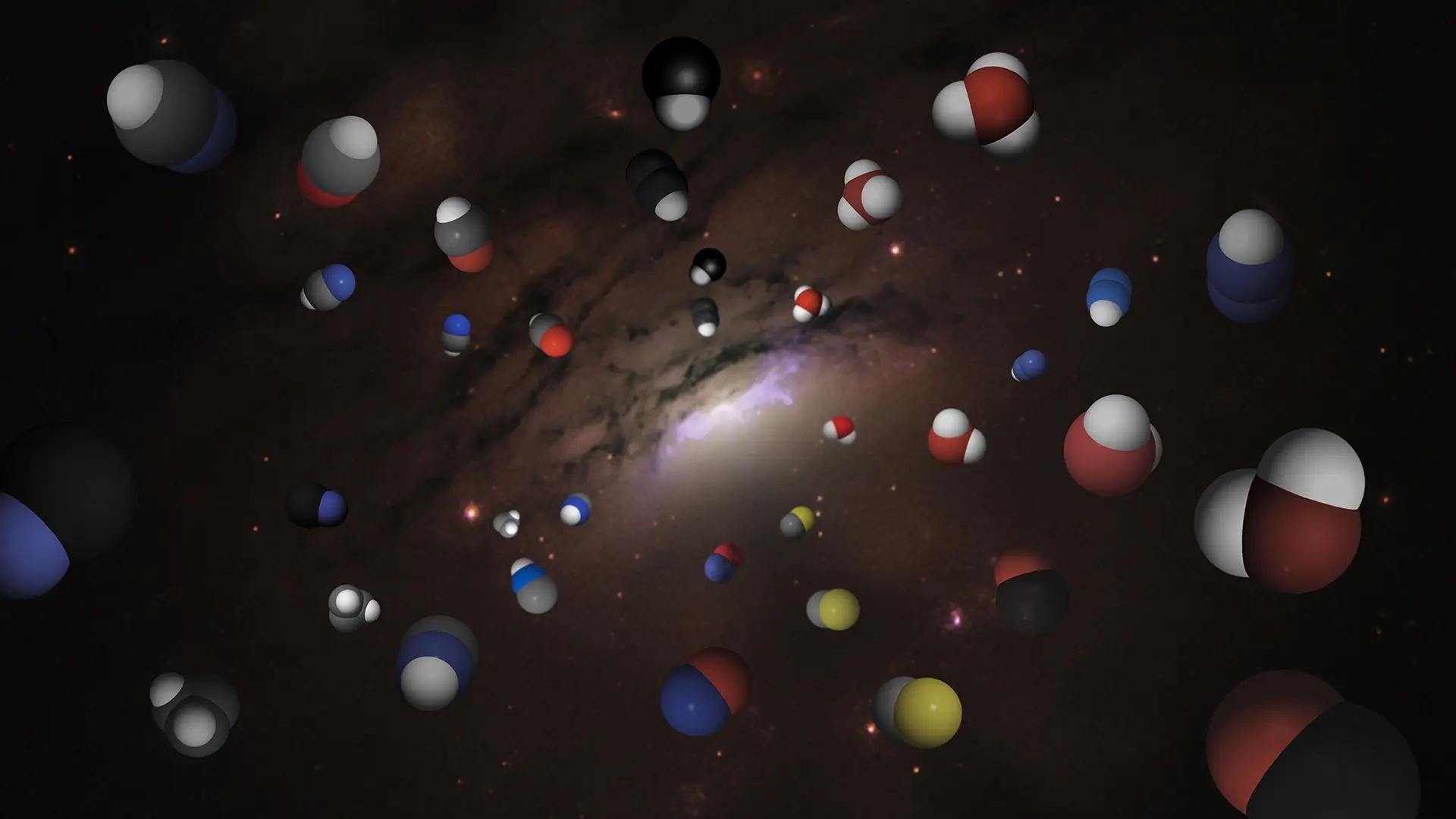
Two galaxies in the early universe, which contain extremely productive star factories, have been studied by a team of scientists led by Chalmers University of Technology in Sweden...
Read More

Two galaxies in the early universe, which contain extremely productive star factories, have been studied by a team of scientists led by Chalmers University of Technology in Sweden...
Read More
An international research team has recently observed the Circinus galaxy, which is one of the closest galaxies to the Milky Way, with high enough resolution to gain further insights into the gas flows to and from the black hole at its galactic nucleus.
An international research team led by Takuma Izumi, an assistant professor at the National Astronomical Observatory of Japan, has observed in high resolution (approximately 1 light year) the active galactic nucleus of the Circinus Galaxy — one of the closest major galaxies to the Milky Way. The observation was made possible by the Atacama Large Millimeter/Submillimeter Array (ALMA) astronomical observatory in Chile.
This breakthrough marks the world’s first quantitative measurement at this scale of gas flows and their structures o...
Read More
An international research team led by Takuma Izumi, an assistant professor at the National Astronomical Observatory of Japan, has achieved a milestone by observing the nearby active galactic nucleus of the Circinus Galaxy, with an extremely high resolution (approximat...
Read More
New research has revealed the distribution of dark matter in never before seen detail, down to a scale of 30,000 light-years. The observed distribution fluctuations provide better constraints on the nature of dark matter.
Mysterious dark matter accounts for most of the matter in the Universe. Dark matter is invisible and makes itself know only through its gravitational effects...
Read More
Recent Comments